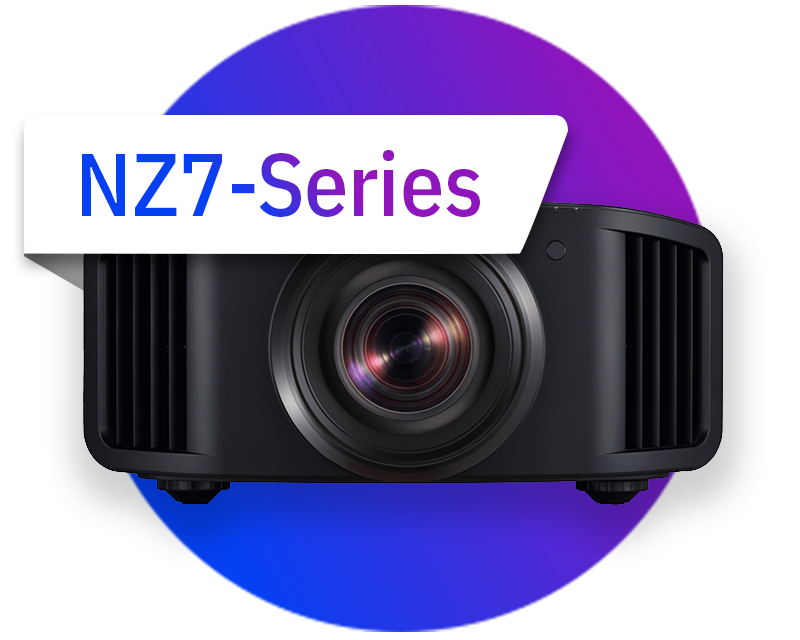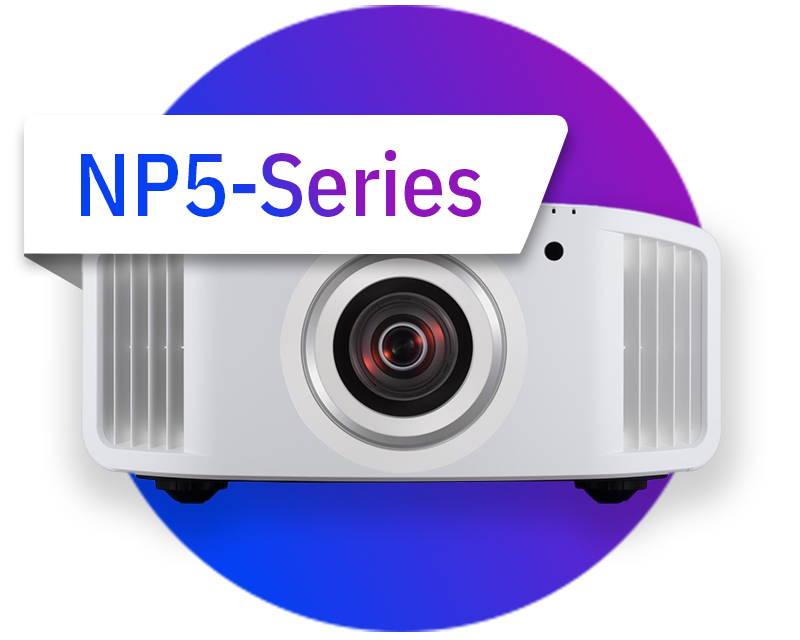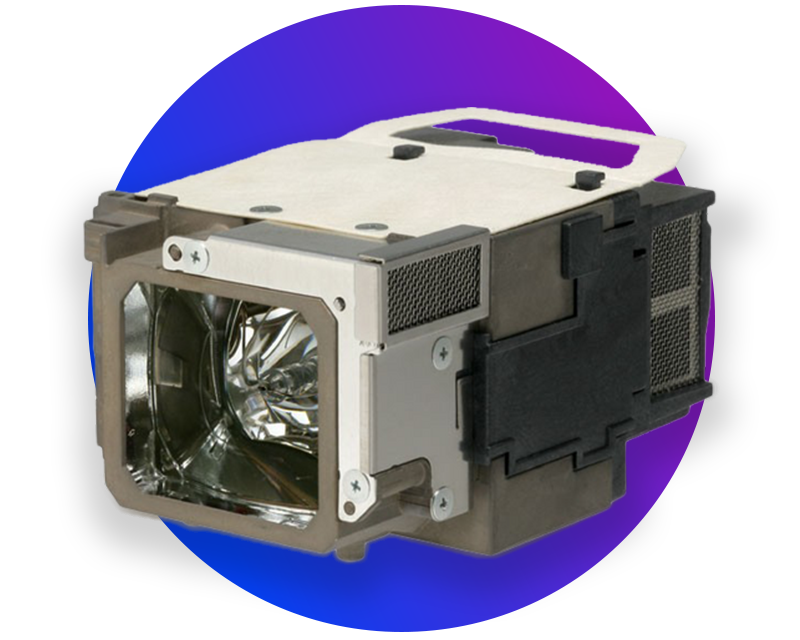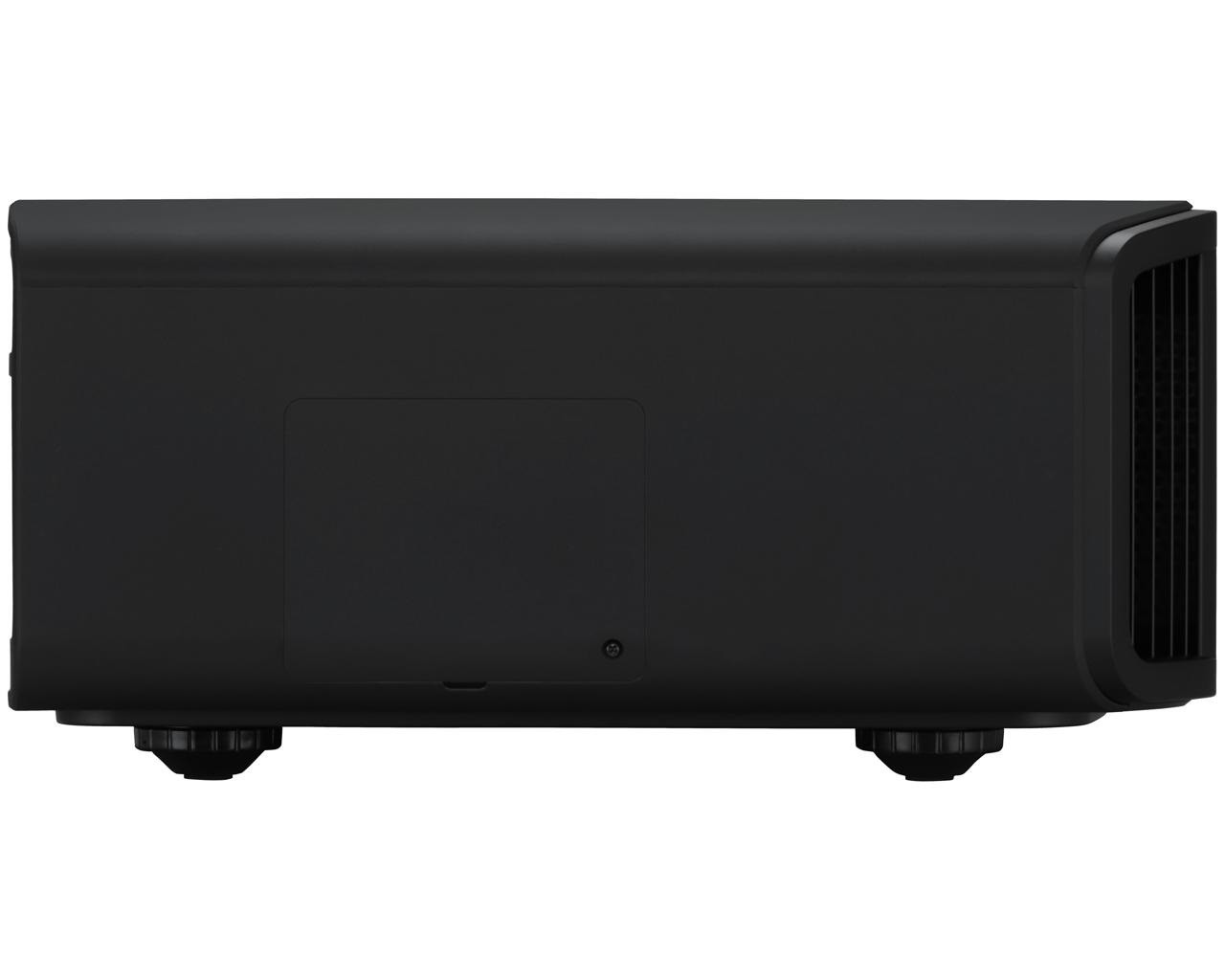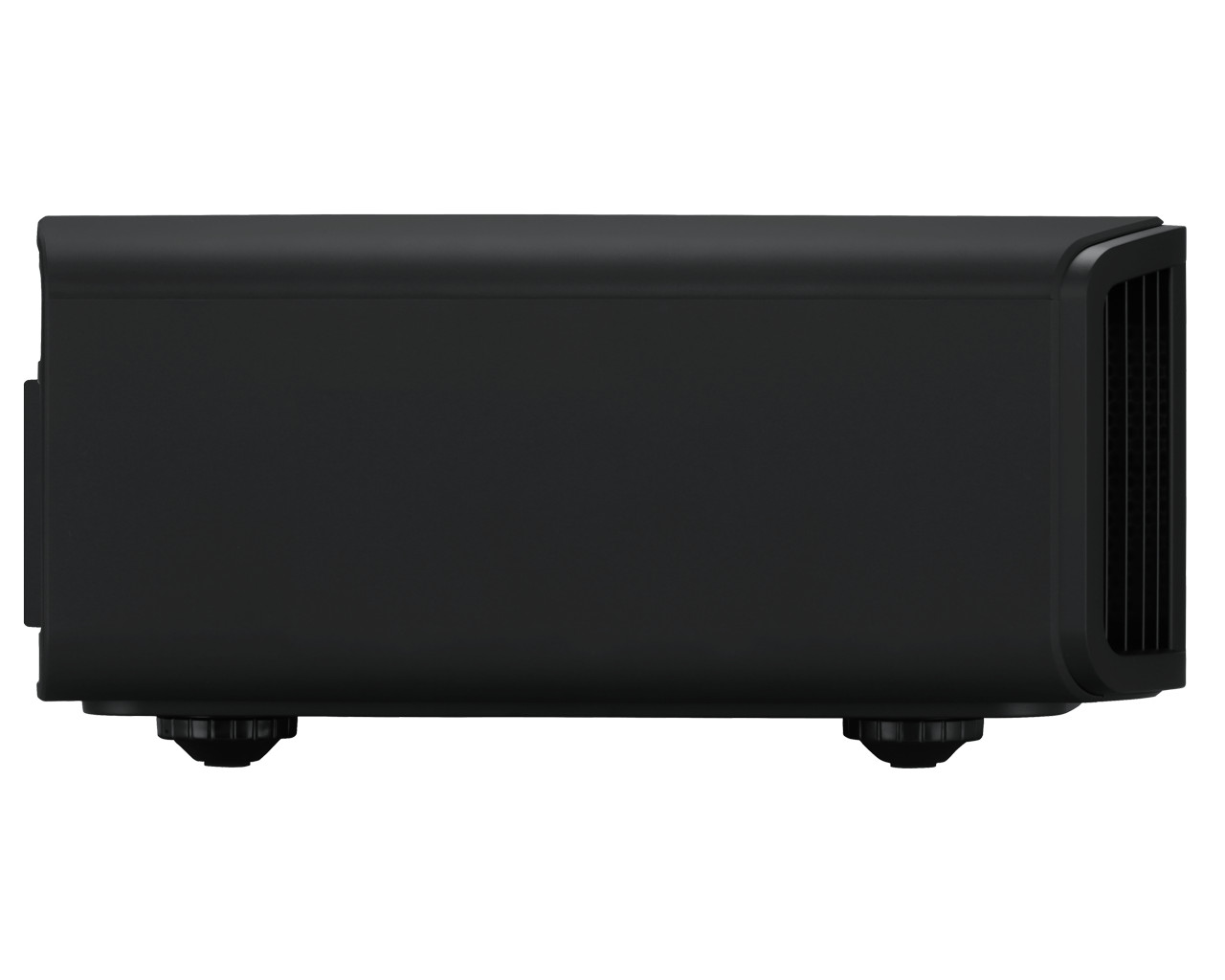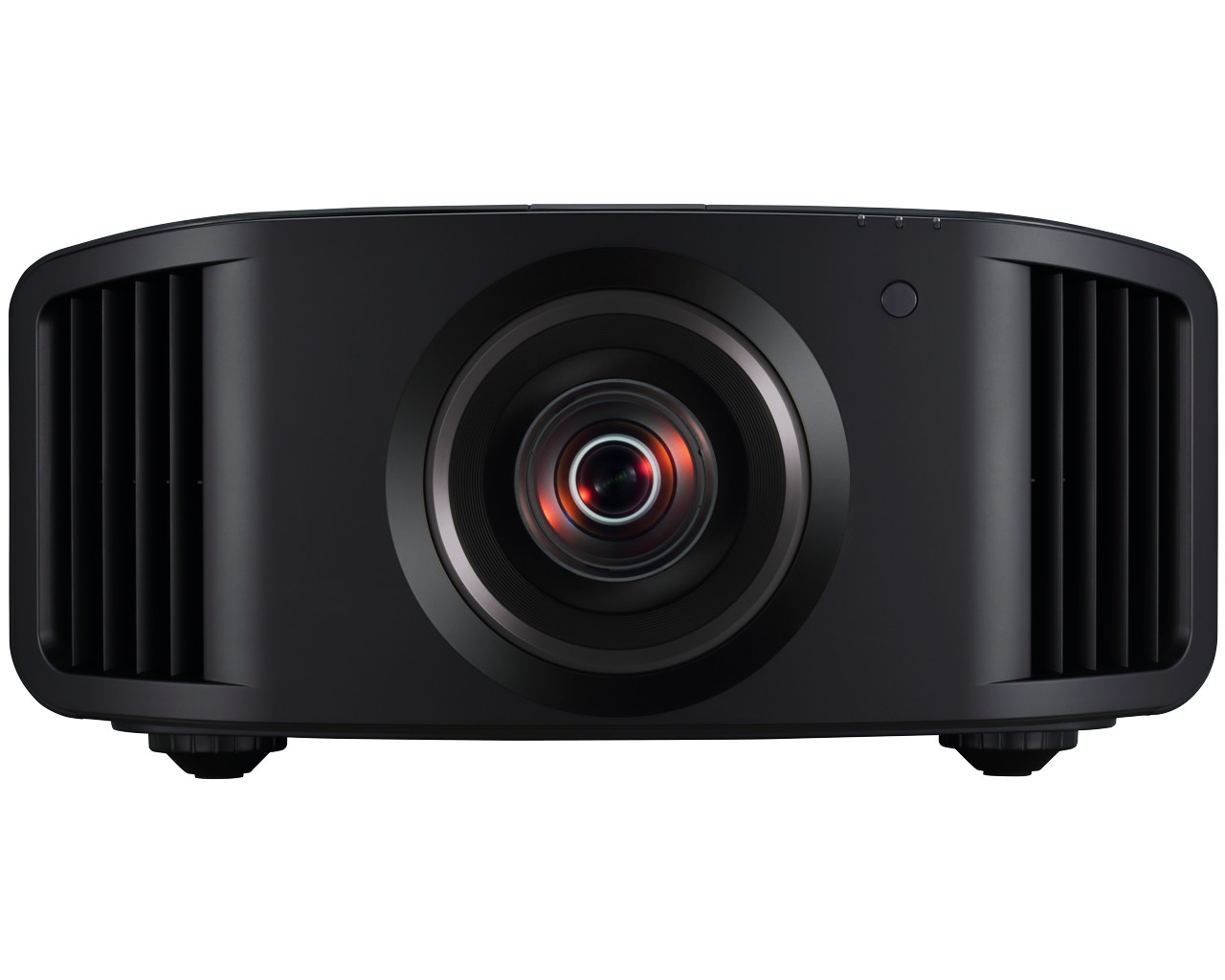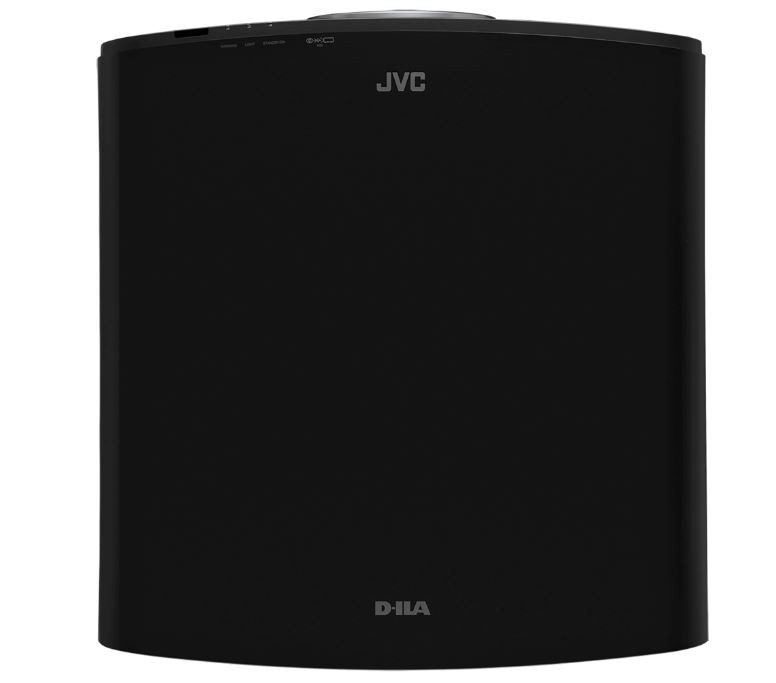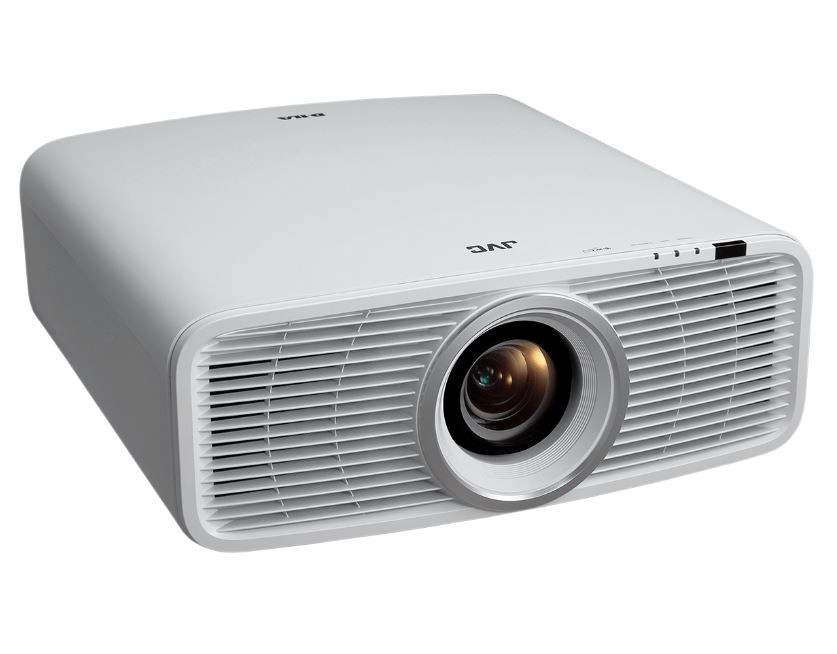JVC projectors
The high-end 4K eShift projectors from the Japanese company JVC enjoy an excellent reputation, especially among home cinema fans. The high-quality JVC projectors are characterised by the company's proprietary D-ILA technology, which stands for exceptionally high image resolution and brightness.
7 Products
Sort by:



